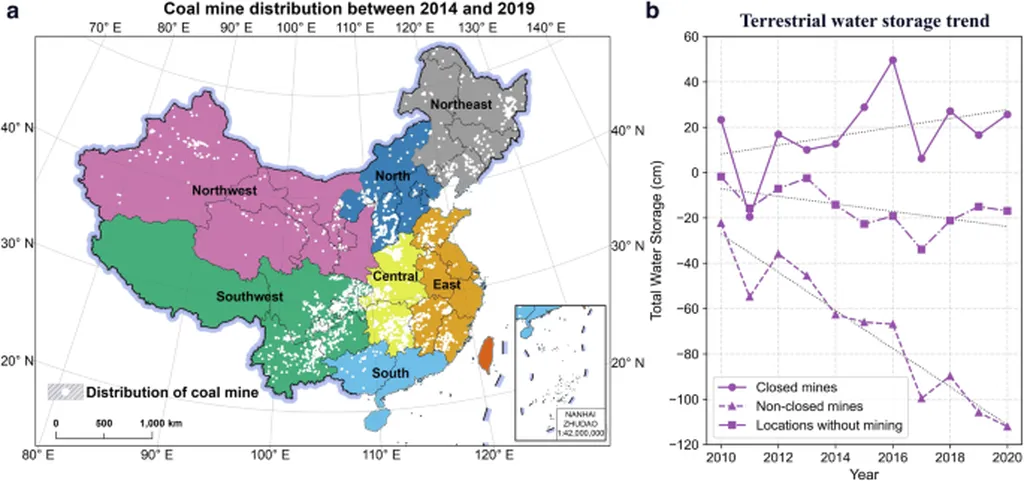In the heart of China’s coal country, a groundbreaking study is challenging the way we think about energy production, merging the old with the new in a bid to create a more sustainable future. Jinghong Yan, a researcher at the Key Laboratory of Deep Coal Resource Mining of Ministry of Education, School of Mines, China University of Mining and Technology, has been delving into the complex interplay between mining activities and geothermal energy production. His work, recently published in the English-language journal “International Journal of Mining Science and Technology,” offers a fresh perspective on how we can harness the Earth’s natural heat more efficiently.
Yan’s research focuses on the karst geothermal reservoirs found deep within coal mines, like the Anju coal mine in China. These reservoirs, characterized by their highly conductive aquifers, hold significant potential for geothermal energy production. However, the impact of mining activities on the heat transfer potential of these reservoirs has remained largely unexplored—until now.
“Mining-induced stress creates a complex network of fractures in the karst reservoir,” Yan explains. “These fractures can significantly influence the flow of geothermal fluids, ultimately affecting energy production.” To understand these dynamics, Yan developed a sophisticated coupled thermal–hydraulic-mechanical model. This model allowed him to simulate the influence of stress redistribution due to different mining distances on the effective flow channel length and density, as well as the distribution of high and low-aperture fractures.
The findings are intriguing. Yan discovered that mining-induced stress leads to the formation of interlaced high-aperture and low-aperture fracture zones below the goaf—the area where coal has been extracted. “Within these interlaced zones, the combined effect of high- and low-aperture fractures restricts the effective flow channel length and density of the fracture network,” Yan notes. This contraction of the flow field results in a significant decline in production flow rate, which consequently reduces both the production flow rate and power as the mining distance increases.
So, what does this mean for the energy sector? The implications are profound. By understanding and mitigating the impact of mining activities on geothermal reservoirs, we can unlock new opportunities for co-developing coal and geothermal resources. This could lead to more efficient and sustainable energy production, reducing our reliance on fossil fuels and paving the way for a greener future.
Yan’s work represents a significant step forward in the study of mining disturbances on geothermal production. It provides a theoretical foundation for the co-development of coal and geothermal resources, offering a promising avenue for the energy sector to explore. As we continue to grapple with the challenges of climate change and energy sustainability, research like Yan’s offers a beacon of hope, illuminating the path towards a more sustainable and energy-efficient future.
In the words of Yan, “This work not only advances our understanding of the complex interplay between mining activities and geothermal energy production but also opens up new possibilities for the co-development of these resources. It’s an exciting time for the energy sector, and I’m optimistic about the potential of this research to shape future developments in the field.”

